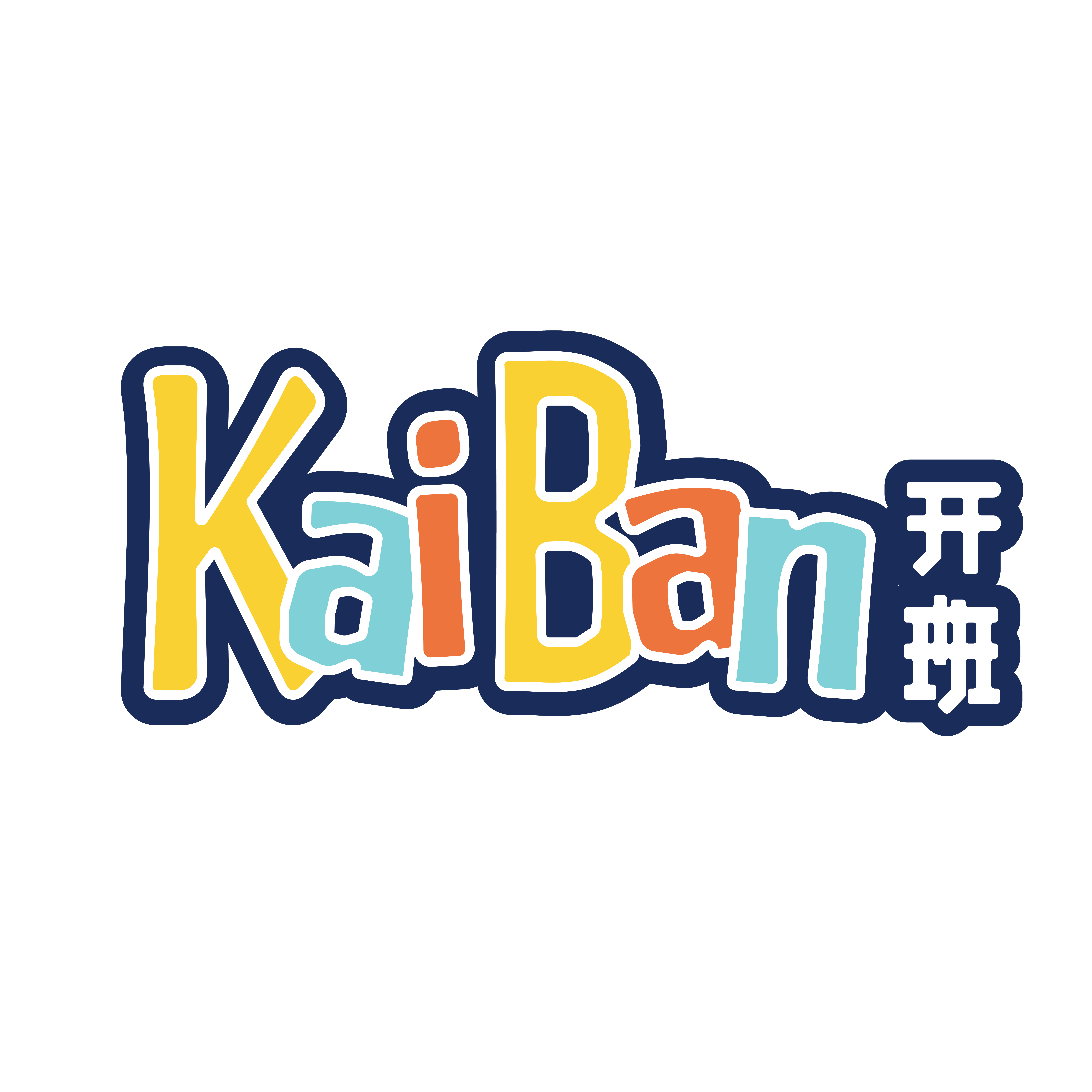Learning a new language can be intimidating, especially for beginners. The challenge is often magnified for parents striving to teach their children. However, starting with a few basic Chinese words and phrases can be a manageable and rewarding experience.
We’ve built a supportive community and developed practical steps to help parents confidently share the beauty of the Chinese language with their young learners. Join us as we explore simple and effective ways to make language learning a fun and engaging journey for both parents and children.
If you haven’t, be sure to check out our trailer with Auntie KIKI and Little Dragon on our YouTube page.
KaiBan’s engaging episodes and relatable characters are designed to entertain your early learner. With our family-oriented, story-based language learning platform, early learners will barely notice that they are gaining insight into a world of inclusivity.
Learning 15 Basic Chinese Words
Our KaiBan team understands children are far more intelligent than we adults sometimes give them credit for. It is with that understanding that partnering with parents to provide their young learners a leg up will help ease the intimidation of learning the Chinese language.
As you and your youngsters explore new languages and absorb more Chinese culture for the first time, we would like to give you an easy way to share.
We’ve compiled 15 primary Chinese characters and words to support you to give you a great way to prepare them. The familiarity with basic words and valuable phrases may strike interest and excitement as they set out on countless adventures with Little Dragon and Auntie KiKi exploring China.
Here are 40 basic Mandarin Chinese words and phrases for your beginners to arm them for their virtual expedition:
| # | English Word | Mandarin Chinese Word | Mandarin Character(s) |
|---|---|---|---|
| 1 | Yes | Shì de | 是的 |
| 2 | No | Bù | 不 |
| 3 | Mom | Māmā | 妈妈 |
| 4 | Dad | Bàba | 爸爸 |
| 5 | School | Xuéxiào | 学校 |
| 6 | Door | Mén | 门 |
| 7 | Window | Chuānghù | 窗户 |
| 8 | Chair | Yǐzi | 椅子 |
| 9 | Table | Zhuōzi | 桌子 |
| 10 | Lamp | Dēng | 灯 |
| 11 | Bed | Chuáng | 床 |
| 12 | Couch | Cháng yǐ | 长椅 |
| 13 | Kitchen | Chúfáng | 厨房 |
| 14 | Bedroom | Yùshì | 浴室 |
| 15 | Bathroom | Wòshì | 卧室 |
KaiBan Quick Tips
Practical next steps to learn these basic words and phrases:
As parents, you may already have plans for how to help your children learn. Our KaiBan community provides suggestions for leveraging everyday phrases and words for those starting to learn a second language. Suppose the little learner in your life has more of a hands-on preference. In that case, our blog post highlighting how to celebrate AAPI provides a list of organizations and cultural centers that can provide subversive experiences to introduce your child to the Chinese language and culture. If you are looking for additional resources to facilitate your child’s success on this journey, sign up for our mailing list, and KaiBan can send more fun activities, insights, and updates on our content.






